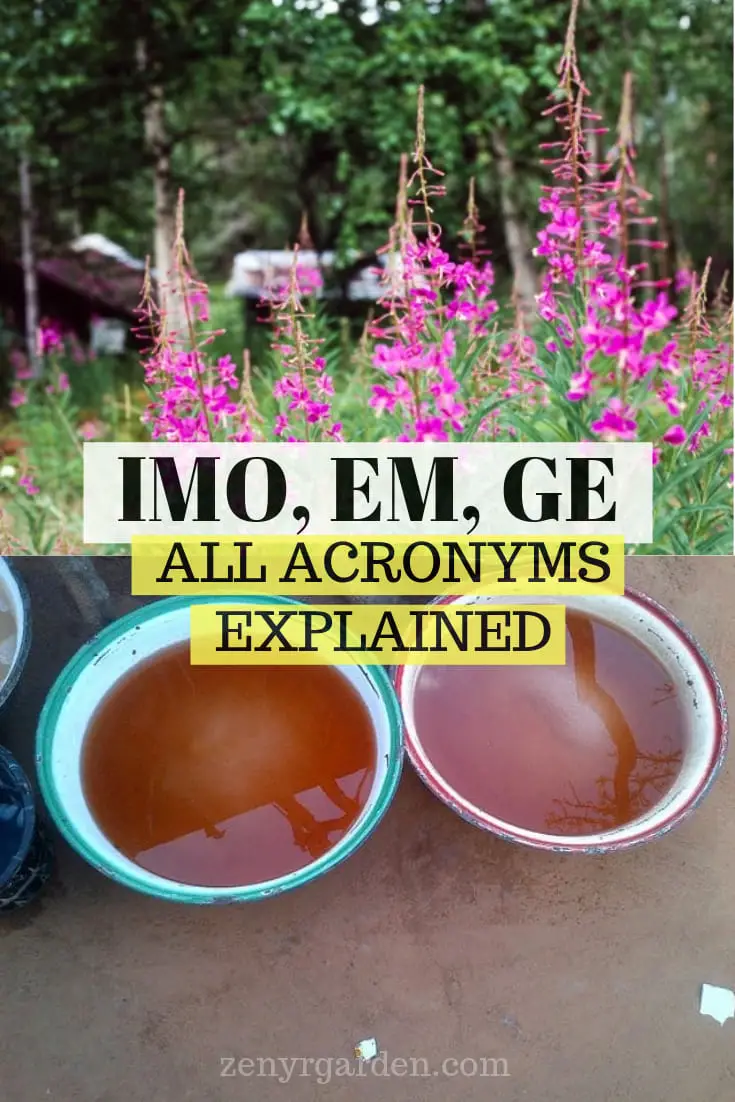In natural farming or composting, you'll often hear EM, IMO, GE etc. But what do they mean? Are there any differences between each of them? And how can you apply them in the garden?
Here we'll explain all those seemingly mystical acronyms.
- IMO-Indigenous Micro-organisms
- EM- Effective Micro-organisms
- GE-Garbage Enzyme
Although they're named differently, all of them work based on one very similar basis:
The Basis
The basis on which all of them work is fermentation. Or briefly an anaerobic enzymatic conversion of organic compounds (WikiCommons).
In the same way, we're harnessing the power of those little beneficial microbes to extract the enzymes or convert organic compounds into digestible bits for plants and animals.
But microbes exist everywhere around us, why the extra work and:
Why Fermentation?
Fermentation helps keep the compound for a very long time, that is even without refrigeration. The cost to start a batch is low. So it can be made over and over again and used for hundreds of acres.
Essentially, what we're doing is gathering the good microbes in one place (plus their other juicy goodness). And distribute them to desired places.
Because of the acidic environment these guys create, bad microbes won't dare to step foot in. Foods get turned into easy-to-consume bits for plants. The nutrients also add fertility and life back to the most worked-out soil.
Inside the Mix
Basically, IMO, EM or GE are the mixes either in juice or powder forms. You can add these to plants or compost.
What you'll often find in these mixes are:
- Organic acids
- Enzymes
- Simple sugars
- Beneficial microbes
Some people ask then:
Why Not Let It Naturally Decay?
Because it usually takes a long time. We can add organic matter directly to the soil, but the plants won't consume everything right away. It needs time to break down into smaller pieces (or forms of nutrients) before the plants can uptake them.
In places where it's colder or with unpredictable hots-n-colds (like Melbourne), this may take 6-12 months to get a batch of compost done or for the nutrients to become available in the soil.
Composting with some catalysts (like EM or IMO) added into the organic waste, for small homes and gardens, you can make a year's worth of fertilizer in a 5-gallon/20-liter bucket in about 30 days. Or good soil in 4-6 weeks.
There is no turning needed (less manual work) and the smell is much more reduced. You can put things that we normally don't put in a traditional compost like meat or diary in without worrying about the smell.
As the compost is fermented and little heat is generated, the nutritional value of the food waste is then more wholly retained (as the nutrients have not been transformed by any heat source generated).
IMO: Indigenous Micro-organisms
(~7-30 days)
Using native microbes has an advantage because the microbes have mostly been adapted to the local environment well overtime.
If you live in areas with trees or forests, you can 'hunt' for IMO. People make a collection box, put rice about 3/4 way in and cover it with a paper towel. They place the box on the leaf litter under a tree.
The native microbes there will hopefully be attracted to come. You may see some white, red or yellow bloom on top of the rice. You can then throw some of this stuff in your compost to increase the microbial diversity.
Another way to do IMO is use 'captured' microbes. Simply, these are the ones in our yogurt, beer or baking yeast or probiotics drink. They have been captured in the lab. Making IMO this way, we ferment these microbes with the foods for them (like sugar, starch) in an environment (like water) to get the microbes to multiply.
One aim of this second approach is to make the IMO edible. Meaning, the stuff that we make for our plants to consume is also safe for us humans to eat. In this way, we can be more mindful of the chemicals we put into the soil, the environment around us and eventually our bodies. A well-done IMO batch can also be safely used for drinking.
In other applications, people also use IMO to boost growth for plants, make organic fertilizer, clear muddy ponds and as a drink to support the digestive system. Here's more details about it if you wanted a look later:
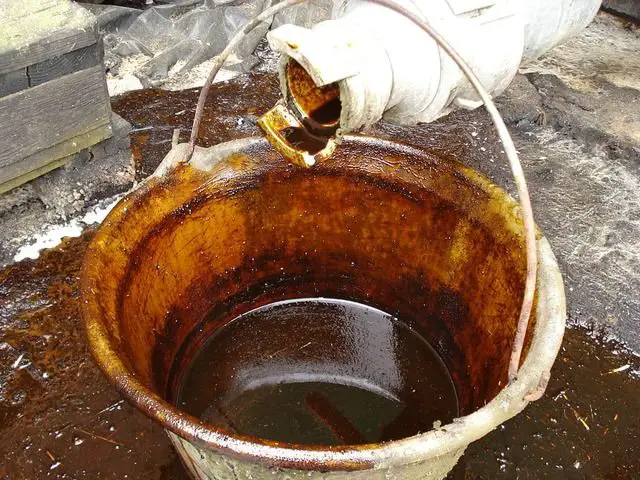
You might want to check out:
EM: Effective Micro-organisms
(~7 days)
EM is the synergy of different microbes to bring about effective results. Three groups of microbes we combine in EM are
- Lactic Acid Bacteria (LAB): the ones that make yogurt sour
- Photosynthetic Bacteria (PSB): these exist in fish ponds
- Yeast: beer or bread yeast (fungi that turns starch into sugar)
Although we combine three different micro-organisms, the most dominant one in the mix is usually the LAB bacteria. You can get LAB easily from fermented rice wash.
All we do is wash the rice, possibly add some sugar & salt (as food for microbes) and let it ferment. In about 7 days or sooner in warmer climate, it will be ready to use.
In some ancient time, the ladies washed their hair with this fermented rice wash. They had the most beautifully nourished long hair some have ever seen. In some places like Australia, EM can be hard to find or expensive to buy. So many folks make it at home.
People also use EM in chicken coops and compost bin to reduce smell. As the final solution is quite acidic, you can dilute it before spraying on plants.
If a normal gourd's leaf is about the size of a human hand, with some microbes added in, it grows as large as the size of a large Domino's pizza. With a larger leaf surface, the plants drink and eat more, all very happily.
Here are several posts you might find helpful to read more about the applications of EM:
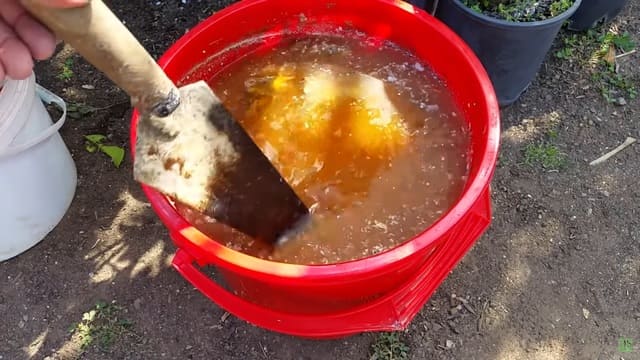
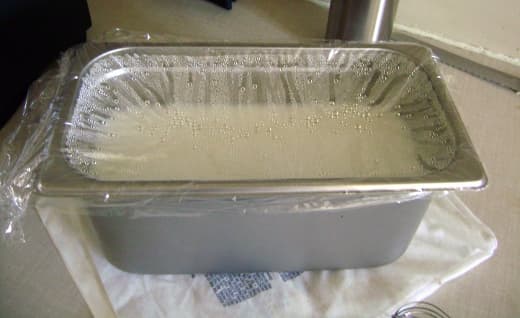
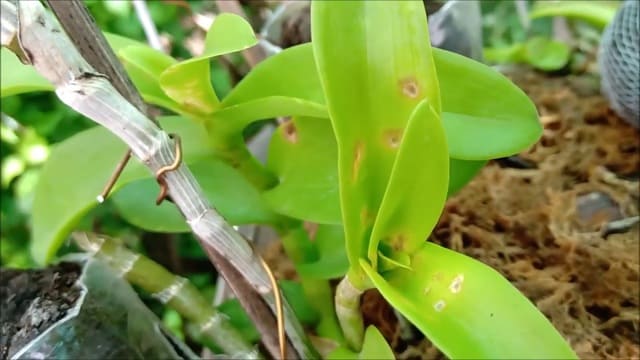
Finally, we will explore:
GE: Garbage Enzyme
(~ 90 days)
Least fancy name of them three, GE is a way to add some good nutrients back to the garden. It takes the longest out of the three to make, 90 days. And the way to make it is also quite different.
We often use:
- 1 part sugar
- 3 parts organic waste
- 10 parts water
The thing about garbage enzyme is the stuff you put in doesn't have to be total garbage. The final product will actually be different depending on the input. That is, to say simply, input equals output.
If you use citrus fruit waste, then the final mix can be also used for cleaning. If you put in banana, then you can take some of this to use as a potassium fertilizer for the plant. For warding off bugs, you can add chili or garlic and use the final solution for spraying.
What we're doing here is add the ingredients together and let it ferment. Like wine in a way, the longer it ferments the more of the foods get broken down. So the more multiplication, more enzymes get extracted out. Eventually the microbes do die down though.
Make sure there's enough food for our little guys and girls. So after the batch is done, every 20-30 days you can add some sugar to keep our pet microbes happy.


What About.. FPJ, OHN, FAA, BRV?!
Similarly, you can guess now how these acronyms are made, what the end products are, and how they can be applied in our farms and gardens.
- FPJ: Fermented Plant Juice, can be made from banana flowers
- OHN: Oriental Herbal Nutrient, herbs extracted with alcohol and fermented with brown sugar. Most time-consuming to make. Like tincture in a way.
- FAA: Fish Amino Acid, fermenting fish to juice out their nitrogen goodness
- BRV: Brown Rice Vinegar
Hope you won't be confused again with all of these acronyms. Let's make a cocktail for our gardens and Have fun getting started!
Sources:
Share or pin this post!
